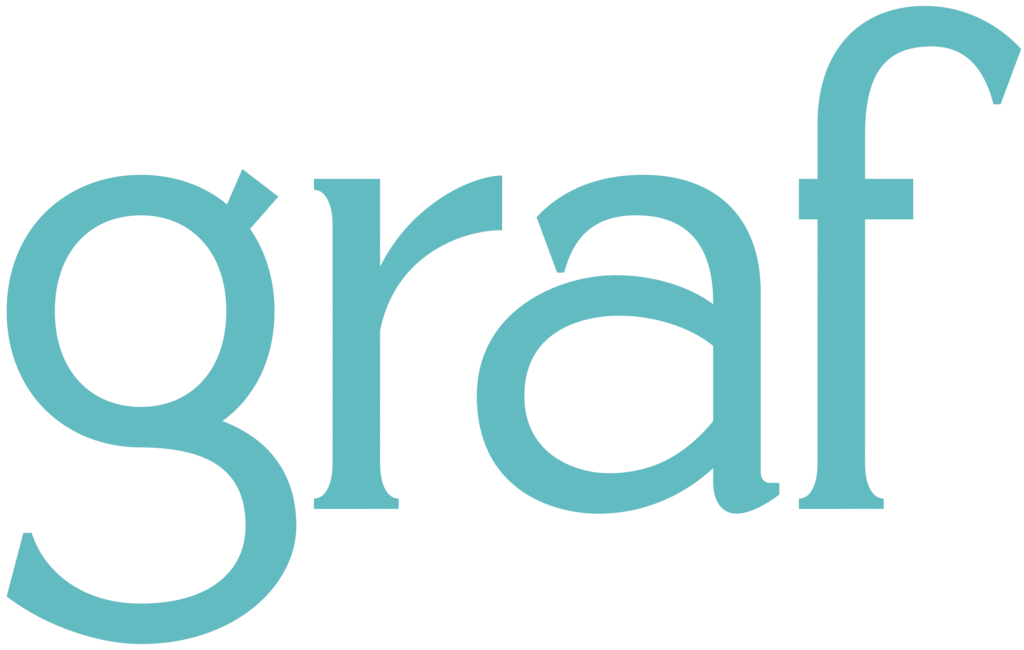Why We Actually Understand Audiences
(And Why Most People Don’t)
Here’s the thing about virality: it’s cocaine for content creators. One hit and you’re chasing that high forever, optimizing for the wrong metrics and slowly losing everything that made you worth following in the first place.
We’ve watched this happen to too many good writers. They start making things people want to read, then the algorithm rewards them once, and suddenly they’re pivoting to whatever format got them those numbers. Before long, they’re making content about making content, talking about their “creator journey” instead of the thing that made the journey worth taking.
The obsession with total followers and aggregate views is missing the entire point. A subscriber who’s been reading your work for a decade; who opens every email, shares your best pieces, and actually changes their behavior based on what you write… This person is worth more than a thousand people who followed you because of one viral thread they saw while scrolling between influencer partnerships.
This is why most social media strategies fail writers. They’re built around attention extraction, not attention retention. They reward novelty over consistency, reactions over reflection, viral moments over lasting impact. They turn every piece of content into a pitch for the next piece of content.
It’s easy to make clickbait. But clickbait is cocaine. It’s bad for you.
Podcasts promised to fix this. Finally, a medium built for depth instead of brevity, for conversations instead of soundbites. And for a while, it worked. But then the same growth-hacking mentality infected podcasting. Now everyone’s optimizing for download numbers instead of listener loyalty, chasing celebrity guests instead of interesting conversations, and wondering why their audience disappears the moment they stop posting.
We understand new media because we’ve succeeded in it. More importantly, we understand why most people fail at it. Building an audience isn’t about cracking the algorithm or finding the perfect posting schedule. It’s about consistently making something worth people’s time, then making it easy for them to find more of it.
The writers who last aren’t the ones who go viral. They’re the ones who build sustainable relationships with readers who actually care about what they have to say. Those relationships aren’t built on platforms. They’re built through platforms, then maintained independently of them.
That’s the difference between having followers and having an audience. Followers are platform-dependent. Audiences are portable. And the only way to build something portable is to own the infrastructure that connects you to the people who care about your work.

